Carlsbad, California, located on the beautiful Southern California coastline, offers a fascinating opportunity to study water temperature and its impact on the local marine ecosystem. As enthusiasts or hobbyists, immersing ourselves in understanding the factors affecting Carlsbad water temperature will not only allow us to appreciate the natural beauty of the area, but also foster deeper awareness on the importance of water temperature and climate change on marine life and global ecosystems. By gaining insight into the historical and seasonal patterns of water temperature, as well as the potential consequences of climate change, we take a crucial step towards preserving the fragile marine ecosystem for future generations.
Carlsbad Geography and Climate
Introduction
Carlsbad, California is a picturesque coastal city situated in the northern region of San Diego County. The city is well-known for its beautiful beaches and ideal Mediterranean climate. Its proximity to the Pacific Ocean classifies the weather as a Mediterranean climate, characterized by mild winters and moderately warm summers. Located approximately 90 miles south of Los Angeles, Carlsbad enjoys a comfortable year-round temperature, which largely influences the water temperatures of the region.
The California Current
One of the key components affecting the coastal climate and water temperature in Carlsbad is the California Current. The California Current is a cold, southward-flowing ocean current that originates from the Gulf of Alaska and extends along the western coast of North America. This current plays a significant role in maintaining the cool water temperatures as well as the dense fog that often engulfs the coastline. Carlsbad water temperatures generally range between 55°F (12.8°C) in the winter months and 72°F (22.2°C) in the summer months.
Global climate patterns
In addition to the California Current, global climate patterns have a significant impact on the water temperatures of Carlsbad as well. The El Niño-Southern Oscillation (ENSO) is a periodic fluctuation in sea surface temperatures and atmospheric pressures over the equatorial Pacific Ocean. During El Niño years, the coastal waters of California, including Carlsbad, experience warmer water temperatures due to the anomalous eastward movement of warm surface waters from the western equatorial Pacific Ocean. In contrast, La Niña events lead to somewhat cooler water temperatures along the California coast, including Carlsbad, as the equatorial waters are comparatively cooler than average.
Coastal upwelling
The coastal water temperatures in Carlsbad are also influenced by the phenomenon of coastal upwelling, which occurs when wind-driven currents push the warmer surface waters away from the coastline and replace them with cooler, nutrient-rich waters from deeper in the ocean. This process occurs as a result of the combination of the California Current and prevailing northwesterly winds along the coast. Upwelling events can lead to significant drops in water temperatures in the region, sometimes resulting in water temperatures substantially cooler than what one might expect based on the air temperature.
Conclusion
To become skilled in understanding Carlsbad water temperatures, it is essential to grasp the city’s geography and climate. Carlsbad’s coastal location and Mediterranean climate, combined with the influences of the California Current, global climate patterns such as El Niño and La Niña, and the occurrence of coastal upwelling, all contribute to the fluctuations in Carlsbad water temperatures. These factors together create the unique coastal environment that residents and tourists enjoy in this beautiful Southern Californian city.
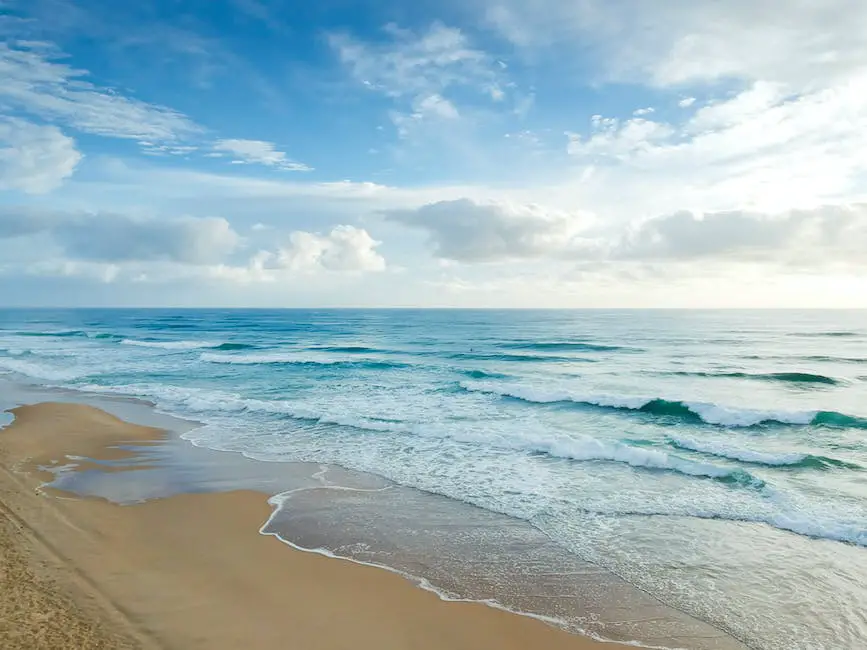
Carlsbad Marine Ecosystem
As a result of these varying conditions, the marine ecosystem in Carlsbad, California, is teeming with diverse and fascinating aquatic species, many of which are uniquely adapted to this region due to its distinct water temperatures. Throughout the year, Carlsbad water temperature ranges from an average of around 59°F to approximately 70°F, depending on the season. This range creates a favorable environment for various flora and fauna, with many species thriving in these specific conditions. Studying these marine species and their interactions is critical to understanding the broader ecology and ocean health in the area, and ultimately becoming more skilled in comprehending Carlsbad’s water temperatures.
One significant aspect that shapes the Carlsbad marine ecosystem is the impact of changing water temperatures on the behavior and migration patterns of fish and other marine animals. For example, warmer water temperatures during summer months attract various pelagic species of fish such as yellowtail, bonito, and mackerel. These species are sensitive to temperature changes, which ultimately baits their movement closer to shore. Additionally, warm-water fish species such as Giant Black Sea Bass and Pacific Barracuda frequent the region during warmer months, adding to the diversity of the Carlsbad marine ecosystem.
On the other hand, the cooler waters during the winter months provide an ideal habitat for a variety of bottom-dwelling species, such as rockfish, sculpin, and halibut. Although some fish species are known to migrate to avoid the colder water temperatures, others have adapted to this change by foraging in deeper areas of the water column or gaining slow metabolism features. Consequently, water temperature shifts ultimately contribute to the rich bio-diversity of the Carlsbad aquatic environment throughout the year.
Similar to fish species, water temperature also influences the presence and behavior of other marine species within the Carlsbad ecosystem, such as marine mammals. For instance, the California gray whales can typically be observed in the Carlsbad coastal waters during their annual migration between December and April, as they travel to their breeding grounds in Baja California. Moreover, the seasonal shifts in water temperature directly affect the presence and abundance of food resources such as plankton and krill, which, in turn, impacts the distribution and feeding habits of larger marine animals such as seals, sea lions, and various species of whales.
Moreover, the diverse flora in the Carlsbad marine ecosystem is significantly influenced by fluctuations in water temperature. Underwater habitats such as kelp forests and coral reefs are essential for supporting various marine species, and their growth or decline may be a direct result of changes in temperature. This delicate balance between the marine life they sustain, including invertebrates like sea urchins, crabs, and anemones and larger fish and marine mammals, is crucial for maintaining the health and stability of the ecosystem. Understanding the complex relationship between water temperature, marine flora, and fauna is vital for preserving and protecting this unique environment.
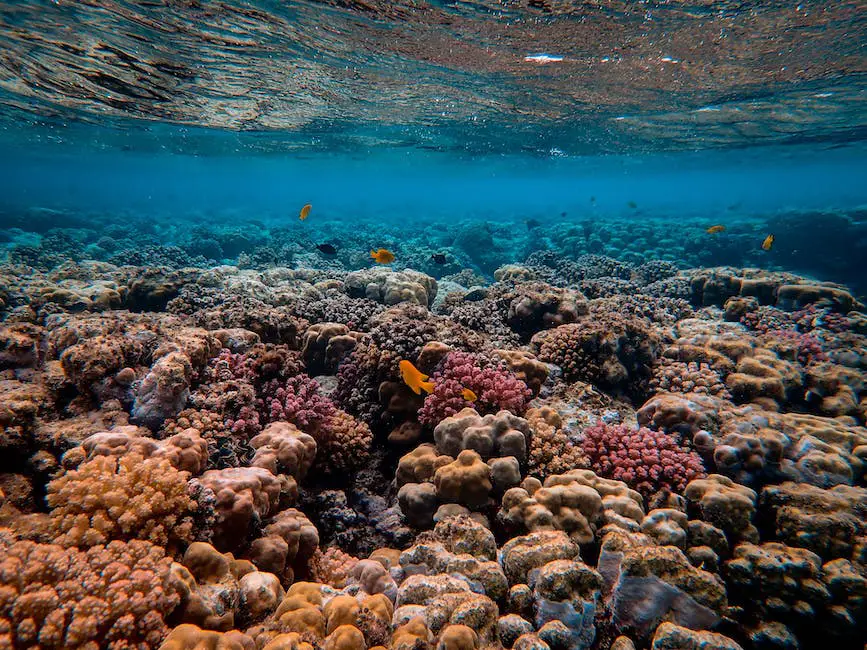
Instruments and Methods for Measuring Water Temperature
To effectively monitor and measure Carlsbad water temperature, a wide range of tools and approaches are employed by scientists, hobbyists, and enthusiasts alike. One popular and user-friendly instrument is a basic digital or analog thermometer, which provides a quick and easy way to gauge water temperature. These affordable tools are a must-have for anyone interested in tracking ocean conditions. More advanced devices such as infrared and immersion thermometers offer increased accuracy and allow measurements to be taken at various depths, enabling users to gain a more comprehensive understanding of water temperature variations.
For a more comprehensive understanding of water temperature in Carlsbad, one may utilize data loggers and remote temperature sensors. These specialized instruments allow for continuous monitoring of water temperature by recording and storing data over designated periods. This technology has become increasingly popular among environmental scientists, oceanographers, and even hobbyists who aim to monitor the water temperature as part of their research or recreational activities. With the help of such reliable information, researchers can track any significant changes in Carlsbad water temperature over time.
Satellite measurements have revolutionized the way ocean temperatures are assessed on a larger scale. Satellites, such as the National Oceanic and Atmospheric Administration’s (NOAA) Polar Orbiting Environmental Satellites (POES), measure sea surface temperatures from space by using infrared sensors. This method provides an unparalleled range of data, allowing for detailed comparisons of Carlsbad water temperatures with other regions around the globe. The high-resolution readings offered by satellites also allow for early detection and tracking of water temperature anomalies that may be indicative of larger climate changes.
Apart from these methods, buoy-based sensor systems are also employed in the Carlsbad area to monitor water temperature. Oceanographic buoys equipped with temperature sensors can gather real-time information from multiple locations simultaneously. These buoys are particularly useful for collecting data from remote or difficult-to-access areas in the ocean, providing valuable insights into the variations and patterns of Carlsbad water temperature.
Whether you’re a hobbyist or enthusiast interested in Carlsbad water temperature, the key to success lies in understanding the available tools and techniques for measuring it. Your goal could be personal interest, education, or even scientific research. Regardless of your objectives or desired granularity, learning to gauge ocean water temperature in Carlsbad will enable you to make well-informed decisions and contribute valuable data to this ongoing field of study.

Factors Affecting Water Temperature
Several factors influence the water temperature in Carlsbad, California, with solar radiation playing a significant role. The sun’s energy is absorbed by the surface layers of the ocean, warming the water in the process. In Carlsbad, water temperature usually falls within the high 50s to mid-60s degrees Fahrenheit, though variations may occur based on the season and weather. Both the angle of the sun and the length of daylight hours impact water temperature, resulting in higher values during the summer months when sunlight is more direct and days are longer.
Wind can also have a significant impact on Carlsbad water temperature by causing mixing of the water column or by influencing ocean currents. Local winds can cause upwelling, a process where colder, deeper waters rise to the surface, subsequently leading to a decrease in surface water temperature. Conversely, strong offshore winds can push warmer surface waters away from the coast, resulting in an influx of colder water from deeper areas. The interaction between winds, currents, and the coastline in Carlsbad can lead to complex patterns of water temperature change.
Ocean currents play an essential role in regulating Carlsbad water temperature as well. The California Current System, a cold, southward-flowing current, brings cool waters from the North Pacific, keeping the region’s coastal waters relatively chilly compared to other parts of the state. However, seasonal variations in the strength of the California Current can result in either warmer or cooler local water temperatures depending on the time of year. During the spring and summer, upwelling caused by the strengthening of the California Current leads to cooler coastal waters.
Human activities can also impact Carlsbad water temperature. While the effects of human activities on a local scale may be minimal compared to natural processes like solar radiation and ocean currents, they can still have an impact on the overall health of coastal ecosystems. For example, the discharge of warmer water from power plants, or the release of heated water from urban run-off, can raise the local water temperature and influence marine ecosystems in the surrounding areas. Climate change, driven by human greenhouse gas emissions, is also expected to alter ocean temperatures in ways that can affect ecosystems along the coast, including those near Carlsbad.
Carlsbad, a coastal city in California, is known for its beautiful beaches and favorable climate that attracts numerous visitors each year. Water temperatures in this region play a significant role in the overall marine and coastal environment, affecting both wildlife and recreational activities. Understanding historical and seasonal patterns of Carlsbad water temperatures is essential for enthusiasts and hobbyists looking for the optimal time to enjoy water-related activities or simply to better understand the local ecosystem.
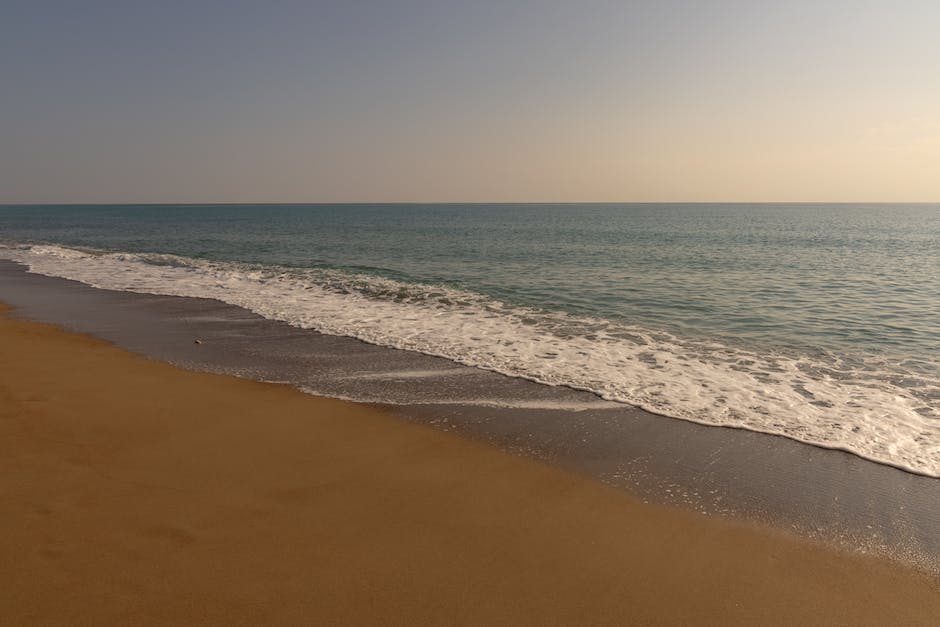
Historical and Seasonal Water Temperature Patterns
Lastly, water temperature can be influenced by variations in salinity, with saltier water being denser and therefore able to hold more heat. In Carlsbad, local freshwater inputs from rivers and other sources can impact the salinity of coastal waters. Seasonal changes in precipitation patterns could lead to temporary shifts in local water temperature. The interplay of these many factors contributes to the dynamic nature of water temperature in Carlsbad, which can greatly impact local marine biology and ecosystems. Gaining knowledge of these factors can help enthusiasts and hobbyists to become skilled in Carlsbad water temperature and further enhance their experience in this region.
Seasonal fluctuations in Carlsbad water temperatures typically follow the broader patterns of the California coast. Generally, the warmest months for water temperatures are from August to October, with average surface temperatures ranging from 64°F to 70°F (18°C to 21°C). On the other hand, cooler water temperatures are experienced from December to April, with the lowest average surface temperatures around 56°F to 60°F (14°C to 16°C). These changes in water temperatures can affect the presence and activity of marine life, making seasonal patterns an important consideration for marine observation or sport fishing.
Historically, water temperatures in Carlsbad and the surrounding region have shown variations over time. These changes can be attributed to various factors, such as ocean currents, weather patterns, and the influence of El Niño and La Niña events, which can disrupt typical climate norms. For instance, during an El Niño event, the Pacific Ocean experiences warmer-than-average water temperatures, which can lead to unusual marine life sightings and altered behavior in fish species. Conversely, La Niña events often result in cooler water temperatures and can sometimes affect the distribution and migration patterns of marine life.
Long-term trends in Carlsbad’s water temperatures may also show signs of larger-scale climate change influences. Over the past century, there has been a notable increase in global sea surface temperatures, which has the potential to impact coastal ecosystems and human activities. While the range of fluctuations observed in Carlsbad is still predominantly influenced by seasonal and annual factors, it is essential to consider the potential consequences of climate change on the region’s water temperatures and the resulting effects on marine life, coastal habitats, and recreational opportunities.
Understanding historical and seasonal patterns of water temperatures in Carlsbad is crucial for enthusiasts and hobbyists interested in the area’s marine environment. Comprehensive insights into these patterns allow for informed decisions regarding the best times for water-based activities and a better understanding of the complex relationships between climate, ocean temperatures, and the local ecosystem. As the effects of climate change continue to unfold, monitoring these trends is essential in preserving the unique natural resources and experiences in coastal communities like Carlsbad.
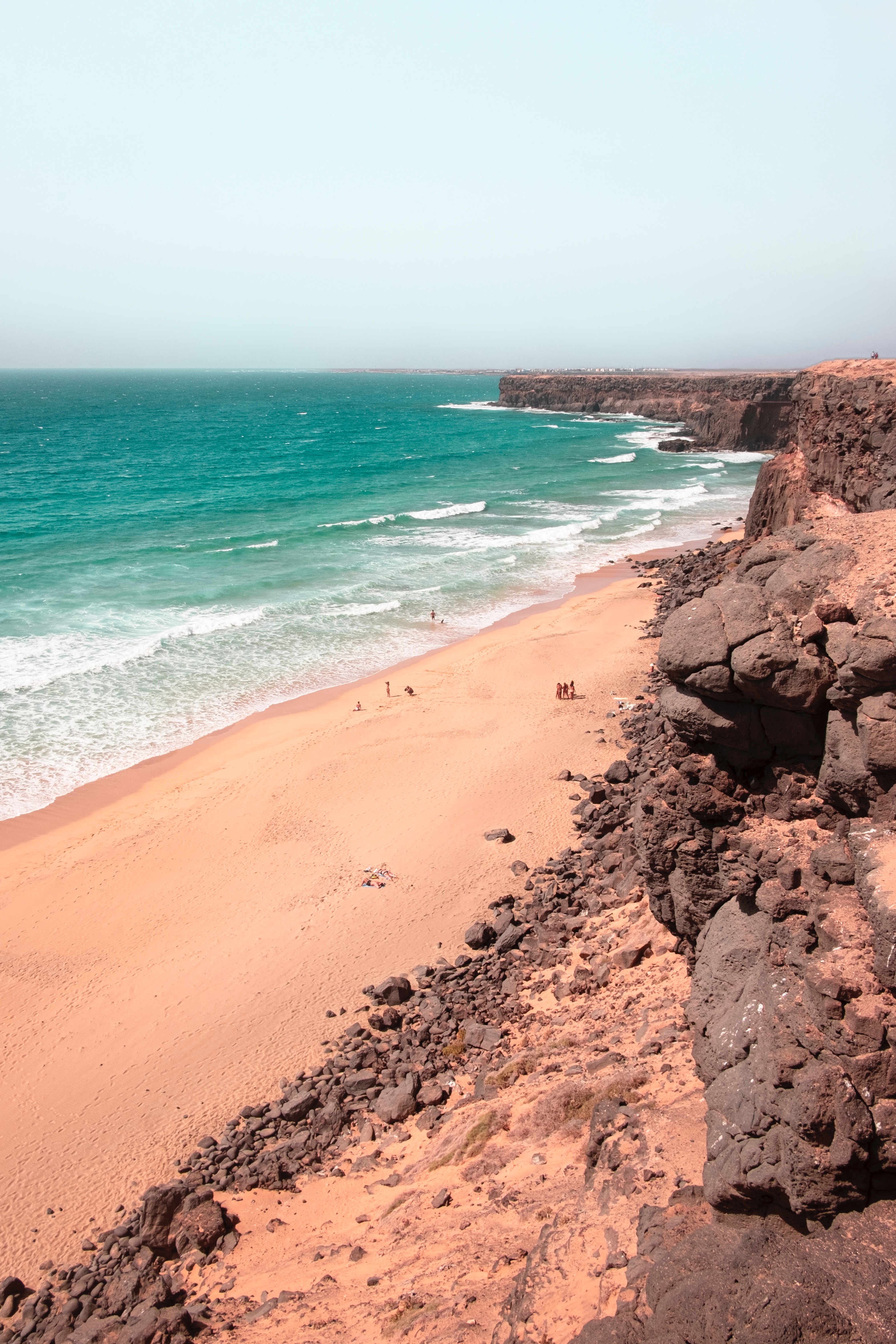
Impact of Climate Change on Water Temperature
One noticeable impact of climate change is the alteration of water temperatures worldwide, affecting various aspects of our environment. For places like Carlsbad, California, fluctuations in water temperature have a significant influence on the region’s ecosystems and local economy. With the ongoing global warming, Carlsbad’s water temperature may experience noticeable changes, potentially causing far-reaching implications for the area’s vibrant marine life and industries that depend on stable water temperature conditions.
One potential outcome of climate change-related water temperature changes in Carlsbad is the disruption of marine ecosystems. As temperatures rise, many marine species may struggle to adapt or may be forced to migrate to more suitable habitats. This could lead to a decline in the diversity of species found in Carlsbad’s coastal waters, with consequences for the region’s fishing industry and tourism sector. For example, warmer water may cause critical declines in populations of fish and shellfish species that can only thrive in specific temperature ranges, thereby affecting fishermen and businesses reliant on seafood.
Aside from the direct impact on marine life, changes in Carlsbad’s water temperature could lead to significant shifts in local weather patterns. Warmer water can alter the intensity and duration of precipitation events, potentially leading to more frequent and severe droughts or flooding in the area. These kinds of extreme weather events can disrupt local agriculture and infrastructure, posing challenges to Carlsbad’s residents and businesses.
Another potential issue associated with rising water temperature is the increased rate of coastal erosion. Higher water temperatures may contribute to more intense storms and higher sea levels, leading to the accelerated degradation of Carlsbad’s coastline. This not only threatens coastal habitats and ecosystems but may also endanger coastal properties, businesses, and infrastructure. The combined effects of erosion and rising sea levels could significantly reshape the landscape of Carlsbad’s coast over time, potentially resulting in property loss, reduced tourism, and a shifting local economy.
Changes in Carlsbad’s water temperature can disrupt recreational activities that are integral to the local economy. Activities such as surfing, snorkeling, and scuba diving are popular among residents and tourists alike. These experiences may be severely impacted by alterations in water temperature and the associated decline in marine biodiversity. As a result, the area’s appeal as a tourist destination could be negatively impacted, potentially leading to economic challenges for the community at large. Overall, the effects of climate change on Carlsbad’s water temperature have the potential to drastically reshape the region’s ecosystems, economy, and way of life.
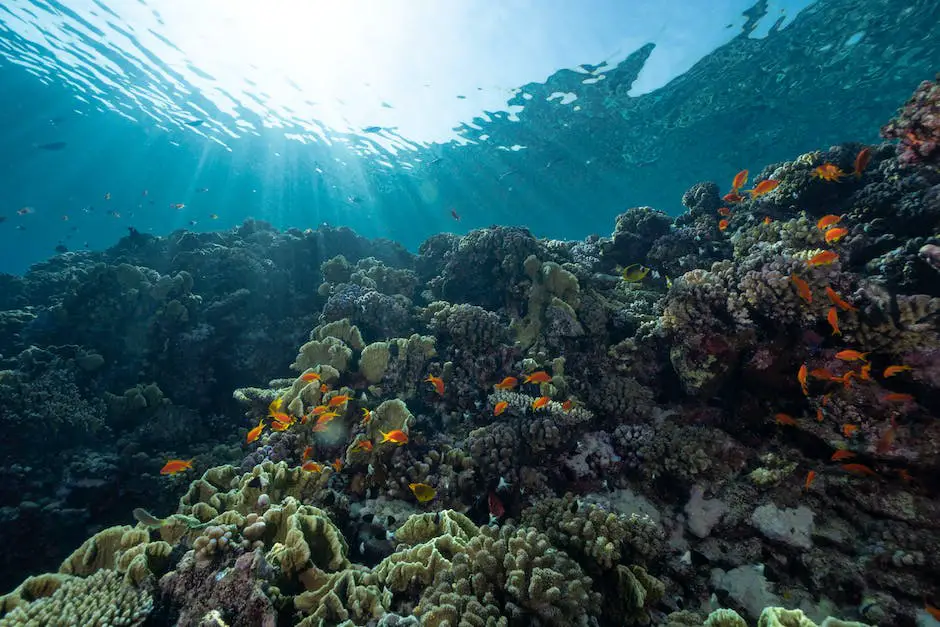
Water Temperature Monitoring Initiatives and Programs
Monitoring water temperature in Carlsbad is crucial for understanding the health and well-being of aquatic ecosystems. Various organizations and initiatives are in place to collect data on Carlsbad water temps to better inform environmental action and management. Enthusiasts and hobbyists, such as yourself, can play a vital role in these efforts. By participating in these programs, you can help contribute to the understanding and protection of Carlsbad’s diverse aquatic life and water quality, ensuring that the region remains a vibrant and enjoyable destination for both inhabitants and visitors for years to come.
One organization focused on monitoring Carlsbad water temperatures is the Coastal Data Information Program (CDIP). CDIP is an extensive network for monitoring coastal environments, primarily focusing on wave and temperature data in Southern California. They provide regular updates on water temperatures at popular beaches, including Carlsbad State Beach. Their website features real-time data, historical information, and data analysis tools. Interested citizens can utilize their data to better understand Carlsbad water temperatures and trends.
Another initiative in the area is the Southern California Coastal Ocean Observing System (SCCOOS). SCCOOS is a collaborative project between various research institutions that aims to collect and distribute valuable coastal and oceanic data. They frequently report on water temperature changes and other oceanographic measurements, which are publicly accessible on their data portal. By engaging with SCCOOS and utilizing their data, you can learn more about how Carlsbad water temperatures are affected by various factors and contribute to their ongoing research.
San Diego Coastkeeper is a local organization that promotes clean water and healthy ecosystems in San Diego County, including Carlsbad. Through their Water Quality Monitoring program, they train and support citizen scientists who collect water samples at various locations throughout San Diego County. Participants gather information on water quality parameters such as water temperature, dissolved oxygen, and pH levels. This data collection initiative is an excellent way for Carlsbad enthusiasts and hobbyists to get directly involved in the monitoring and protection of local water resources.
Taking part in initiatives like San Diego Coastkeeper or engaging with the data from the Coastal Data Information Program and the Southern California Coastal Ocean Observing System can provide valuable insight into Carlsbad water temperatures. Citizen scientists play a vital role in helping researchers and environmental managers gather data and improve the understanding of Carlsbad’s aquatic ecosystems. Your participation in these programs can help contribute to preserving Carlsbad’s vibrant coastal environment for future generations to enjoy.

Through diligent study and active involvement in water temperature monitoring initiatives and programs, we can contribute to the growing knowledge base surrounding Carlsbad’s unique marine environment. As we continue to learn about the intricate relationships between Carlsbad’s geography, climate patterns, marine species, and human activities, we become better equipped to make informed decisions and take effective actions to protect the coastal ecosystem. By sharing our passion for understanding Carlsbad water temperature and its broader implications, we can inspire others to do the same, cultivating a community dedicated to preserving our oceans and fostering environmental stewardship on a global scale.
